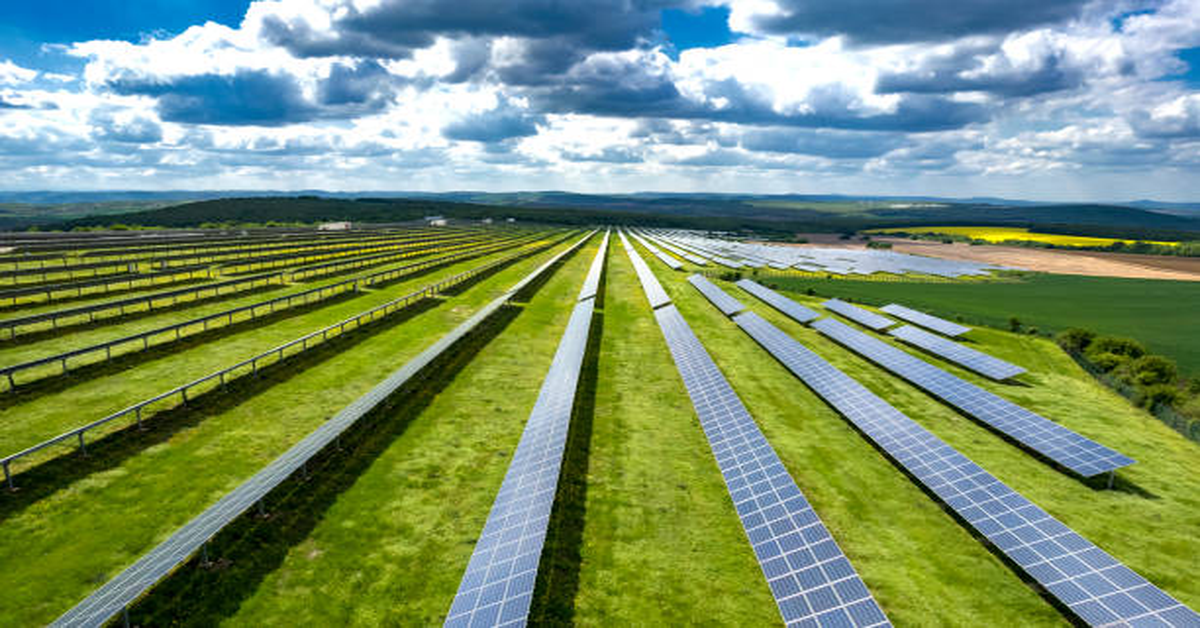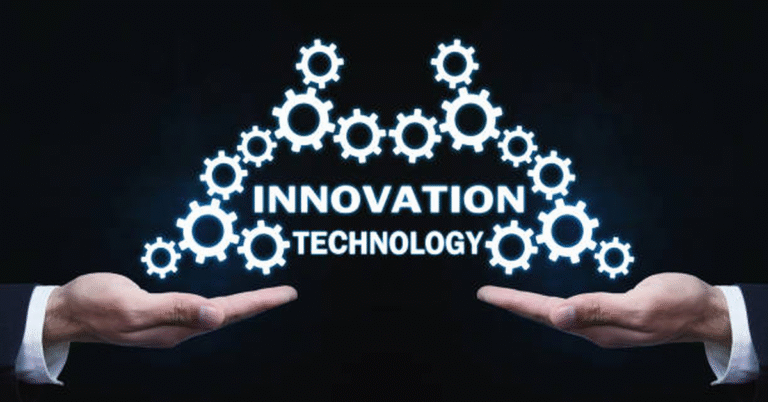
The global shift toward renewable energy has placed solar farms at the forefront of discussions around sustainability, energy security, and climate change mitigation. A solar farm is not simply a collection of solar panels scattered across a field; it is a carefully engineered system designed to convert abundant sunlight into usable electricity on a large scale. This article explores solar farms in detail—covering what they are, how they function, the technology behind them, benefits, challenges, environmental impacts, financial considerations, and their role in shaping the energy future.
What is a Solar Farm?
A solar farm, also called a photovoltaic (PV) power station or solar park, is a large-scale installation of solar panels designed to generate electricity for distribution to the power grid or for direct industrial/commercial use. Unlike small rooftop systems that power individual homes or offices, solar-farms operate on a utility-scale, often producing power in the range of several megawatts (MW) to gigawatts (GW).
These farms are typically built on vast tracts of land, often in regions with high solar irradiance. The panels are aligned in rows to maximize exposure to sunlight throughout the day. Solar-farms can be owned and operated by utility companies, governments, private investors, or community cooperatives.
Types of Solar Farms
Solarfarms are categorized mainly into two types:
| Type of Solar-Farm | Description | Typical Capacity | Use Case |
|---|---|---|---|
| Utility-Scale Solar Farms | Very large installations connected directly to national or regional power grids. | Tens to hundreds of MW | Supplying electricity to thousands of homes/businesses. |
| Community Solar Farms | Medium-scale projects shared by multiple households or organizations. Members invest or subscribe for a share of the output. | 1–10 MW | Provides affordable clean energy access to communities. |
| Commercial/Industrial Solar Farms | Built to power large factories, offices, or business parks. | 0.5–50 MW | Reduces operational costs and carbon footprint. |
| Agrivoltaic Farms | Dual-use projects where solar panels are installed above agricultural land. | Variable | Allows crop cultivation or livestock grazing alongside energy generation. |
Each type serves different stakeholders and helps diversify the way solar energy is adopted globally.
How Do Solar Farms Work?
The operation of a solar-farm can be broken down into several steps:
- Solar Radiation Capture
- Panels, typically made of crystalline silicon or thin-film materials, absorb sunlight.
- Photons hit the semiconductor material, releasing electrons.
- Conversion into Direct Current (DC)
- The photovoltaic effect converts sunlight into direct current electricity.
- Inversion to Alternating Current (AC)
- Inverters transform DC into AC, the standard for power grids.
- Distribution
- The generated electricity flows into transformers and then onto transmission lines to homes, businesses, or industries.
- Monitoring and Control
- Modern farms employ digital monitoring systems to track energy production, detect faults, and optimize output.
Advantages of Solar Farms
1. Clean and Renewable Energy
Solar-farms generate electricity without burning fossil fuels, reducing greenhouse gas emissions.
2. Scalability
They can be developed on various scales, from community projects to massive utility installations.
3. Low Operating Costs
After installation, the maintenance costs are relatively low compared to other energy sources.
4. Land Use Optimization
Agrivoltaic farms allow agriculture and energy production to coexist, maximizing land efficiency.
5. Job Creation
Solar-farm projects contribute to employment during construction, installation, and ongoing operations.
Challenges Faced by Solar Farms
While solar energy presents numerous benefits, challenges exist that need addressing:
- Intermittency: Solar power production depends on sunlight availability, leading to fluctuations.
- Land Requirements: Large farms need significant land, which may compete with agriculture or conservation.
- Initial Investment: High upfront costs for panels, inverters, and infrastructure.
- Transmission Losses: Remote solar-farms may be far from urban centers, requiring costly transmission lines.
- Recycling Issues: End-of-life management of solar panels is still developing.
Environmental Impact of Solar Farms
Solar-farms have both positive and negative environmental implications.
Positive Impacts:
- Reduction in carbon emissions.
- Improvement of air quality by decreasing reliance on fossil fuels.
- Minimal water use compared to coal or nuclear power plants.
Potential Negative Impacts:
- Habitat disruption when large tracts of land are cleared.
- Heat island effect due to panel absorption.
- Waste from decommissioned panels if not recycled properly.
Mitigation strategies, such as using degraded land, combining solar with agriculture, and implementing recycling programs, help reduce negative impacts.
Financial Aspects of Solar Farms
Investment Costs
- Utility-scale farms can cost from $800,000 to $1.3 million per MW.
- Costs depend on land, technology, and regulatory factors.
Revenue Models
- Power Purchase Agreements (PPAs) with utilities or corporations.
- Government Incentives such as tax credits and feed-in tariffs.
- Community Ownership Models where members buy shares.
Payback Period
With declining solar costs and rising electricity demand, many projects recover investment within 5–10 years.
Technological Innovations in Solar Farms
- Bifacial Panels: Capture sunlight from both sides, increasing efficiency.
- Solar Tracking Systems: Move panels to follow the sun’s path, boosting output by 15–25%.
- Floating Solar Farms: Installed on reservoirs or lakes to save land and reduce water evaporation.
- Hybrid Systems: Combine solar with wind or storage solutions for consistent power supply.
- Smart Monitoring with AI: Enhances predictive maintenance and performance optimization.
Global Outlook for Solar Farms
The solar energy market is expected to continue expanding due to declining costs, government policies, and increasing climate awareness. Countries like China, India, the USA, and parts of Europe are leading with massive solar parks producing gigawatts of electricity.
In the future, solar-farms will likely integrate more energy storage systems, advanced recycling processes, and multi-purpose land use strategies, ensuring they remain central to the renewable energy revolution.
Table: Comparison of Solar Farms with Other Energy Sources
| Aspect | Solar Farms | Coal Plants | Nuclear Plants | Wind Farms |
|---|---|---|---|---|
| Emissions | Zero during operation | High CO₂ emissions | Very low | Zero during operation |
| Land Use | High per MW | Moderate | Low | Moderate |
| Water Requirement | Very low | Very high | High | Very low |
| Reliability | Weather-dependent | High | Very high | Weather-dependent |
| Cost Trend | Declining | Increasing due to regulations | High upfront | Declining |
Conclusion
Solar farms are a cornerstone of the global transition toward renewable energy. By converting sunlight into electricity at scale, they help reduce reliance on fossil fuels, curb greenhouse gas emissions, and provide energy security for future generations. Despite challenges like intermittency and land use, ongoing innovations and supportive policies are making solar-farms more viable and sustainable. The growth of solar-farms represents not only a technological achievement but also a societal shift toward cleaner, greener living.
FAQs
1. What is the lifespan of a solar farm?
Solar farms typically have a lifespan of 25–30 years, though panels can still function at reduced efficiency afterward.
2. How much land is needed for a 1 MW solar farm?
A 1 MW solar farm generally requires 4–6 acres of land, depending on panel efficiency and layout.
3. Can solar farms work at night?
No, solar farms cannot produce energy at night, but paired with battery storage systems, they can supply power continuously.
4. Are solar farms noisy?
Solar farms are almost silent, apart from minor sounds from inverters and tracking systems, making them suitable near communities.
5. Which country has the largest solar farm?
As of recent data, India’s Bhadla Solar Park is the largest, with a capacity exceeding 2.2 GW






